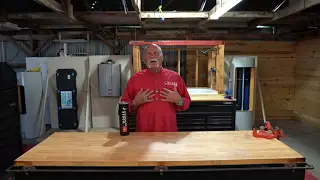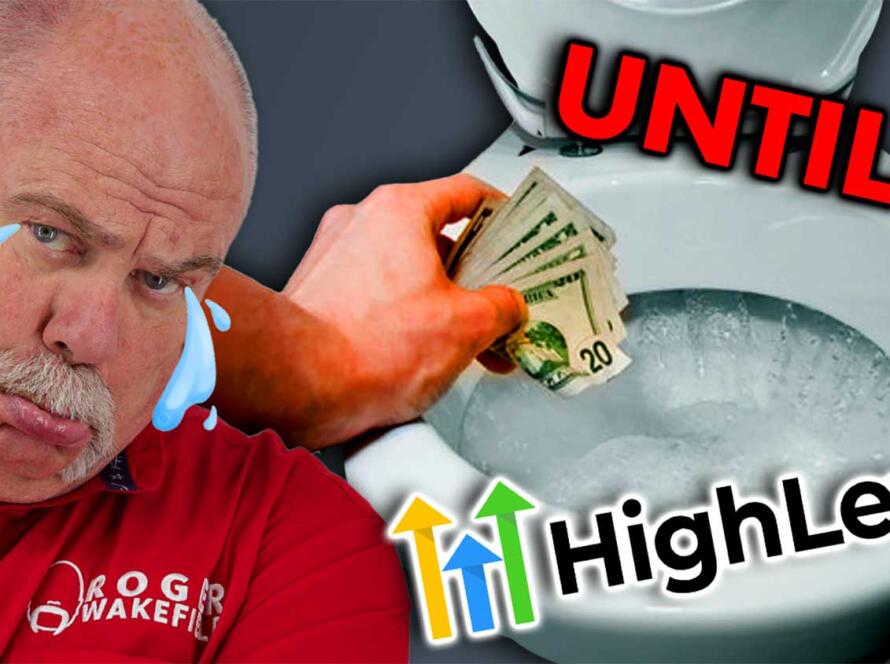Press fittings have made copper joining faster and safer, bypassing the need for a torch and solder. With so many press tools on the market—ranging from surprisingly cheap to professional-grade—it’s important to know if the lower price is worth the risk. In this article, we’ll examine two press tools: a budget-friendly option and a Rigid model that’s a go-to for many pros. We’ll see how they hold up under pressure testing, and what that means for homeowners and plumbers alike.
Why Press Fittings?
Before we dive into the tools, let’s talk about why press fittings are so popular:
- No flame required: No torch, no solder, and less fire risk.
- Speed: Pressing a fitting takes seconds compared to soldering time.
- Consistent seals: Properly pressed joints, especially with reputable fittings like Viega, offer reliable, leak-free connections.
The Two Tools in the Spotlight
- Rigid RP 115
- A well-known name in the plumbing industry.
- Features a swivel head that’s lightweight and easy to maneuver.
- Battery-powered, delivering a uniform press in seconds.
- Typically costs around $1000 (or even more, depending on the model and where you buy it).
- Abosi Manual Press Tool (Approx. $100)
- A manual, hydraulically pumped press.
- Requires physical effort: you squeeze a lever or pump repeatedly to apply pressing force.
- Heavier body, but no battery or charger to worry about.
- Highly affordable for occasional use or a single project.
Setup and Use
- Rigid Press
- Slide the appropriate jaw size over the copper fitting (with the press ring).
- Pull the trigger to engage the battery-powered mechanism.
- Within seconds, the jaw releases, producing a clean, consistent press.
- Abosi Press
- Insert the jaws around the fitting.
- Flip the selector to “Working” mode.
- Pump the handle repeatedly.
- Stop once you can’t pump further or you feel maximum pressure.
- Flip back to “Reset” mode to release the jaws.
Pressure Testing Results
After pressing two identical copper assemblies (with Viega fittings), each assembly was tested in a hydrostatic “blast chamber” to see how many pounds per square inch (PSI) each press connection could handle.
- Rigid Tool
- Failed at around 7,300 PSI.
- The pressed fittings popped off under extremely high pressure, far above any typical household or commercial system.
- Abosi Tool
- Failed near 6,600 PSI.
- While this is lower than the Rigid result, it’s still exceedingly higher than normal line pressures (usually 40–100 PSI in residential plumbing).
Pros and Cons
Rigid RP 115
- Pros
- Extremely quick and easy to use.
- Well-known for reliability and strong, uniform crimps.
- Rotating head for tight spaces.
- Cons
- High initial cost—around $1000 or more.
- Requires battery charging, which can be a hassle if you forget.
Abosi Manual Press
- Pros
- Low cost (around $100).
- No batteries or electrical components—nothing to charge.
- Durable metal construction.
- Cons
- Physically demanding; repeated pumping can be exhausting.
- Bulkier and heavier to maneuver under sinks or in crawl spaces.
- Less brand support or warranty service than Rigid.
Practical Recommendations
- For Professional Plumbers
- The Rigid tool’s speed and proven track record may be worth every penny. Less fatigue, faster installations, and robust warranties.
- Time saved on multiple daily jobs often recovers the tool’s cost.
- For DIY/Homeowners
- If you only need a few fittings pressed (say, to avoid soldering in a tight wall cavity), the Abosi manual press might be plenty.
- Make sure your fixture count is limited, or you’ll be pumping that handle a lot.
- Safety and Code Compliance
- Always follow local code requirements and manufacturer instructions.
- Viega and other reputable fittings are tested extensively; off-brand fittings might not meet the same standards.
Conclusion
Both the high-end Rigid and the budget-friendly manual press created leak-tight joints at normal working pressures, and even held up to thousands of PSI in stress testing. The key difference is the ease of use, speed, and brand reliability you get from a professional-grade tool. If you’re a tradesperson making presses all day, the Rigid might be indispensable. If you’re a homeowner with just a handful of fittings, the manual press can save you a fortune compared to buying or renting a pro tool.
Remember, no matter which tool you use, always follow proper preparation steps for copper pipes (cleaning, deburring, measuring insertion depth) and confirm you’ve got the correct press jaws for your fittings. Press fittings are changing the way many handle copper jobs. Decide which investment aligns with your workload, comfort, and budget—and press on with confidence.




